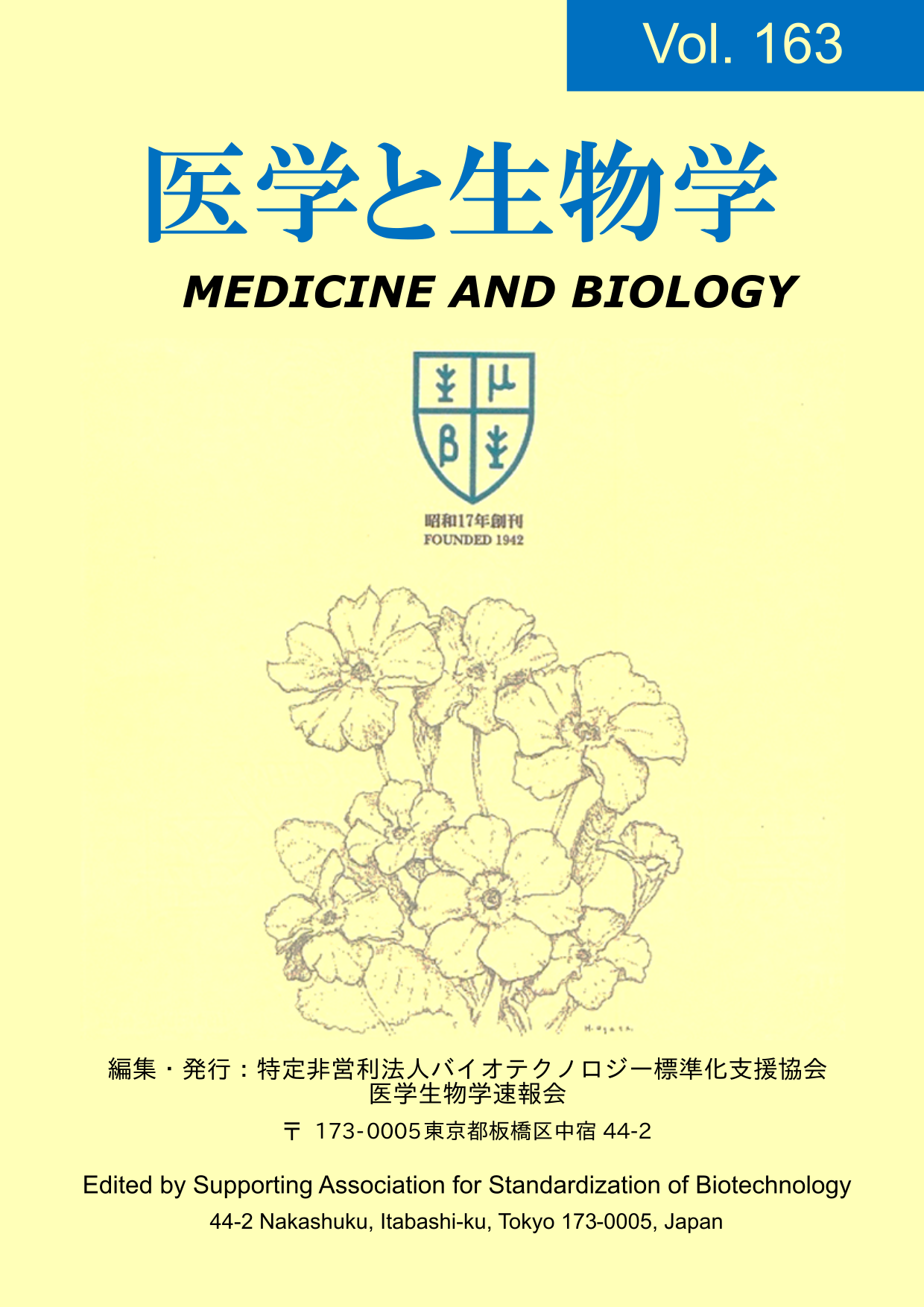Mechanisms of electrocardiographic changes in acute inferior myocardial infarction
Keywords:
bullfrog heart, electrocardiogram, acute inferior myocardial infarction, ST segment elevation, reciprocal changesAbstract
Acute myocardial infarction is among the fatal heart diseases that require prompt management. To quickly diagnose acute myocardial infarction, the electrocardiogram (ECG) analysis is the most useful approach. In the present study, by inducing burn injuries on bullfrog hearts, we reproduced a ST segment elevation and its reciprocal depression in ECG, mimicking those observed in acute myocardial infarction. Additionally, by inducing subepicardial burn injuries on the inferior part of the frog hearts, we also reproduced typical ECG changes observed in acute inferior wall myocardial infarction, such as the prominent elevation of the ST segments in inferior limb leads (II, III, aVF) and their reciprocal depression in the opposite limb leads (I, aVL). Concerning the mechanisms of such ECG changes, the “currents of injury” that flow between the injured and intact myocardium were likely to be responsible. The frog model of subepicardial burn injuries would be suitable to explain the mechanisms of the typical ST segment changes observed in acute inferior wall myocardial infarction.


